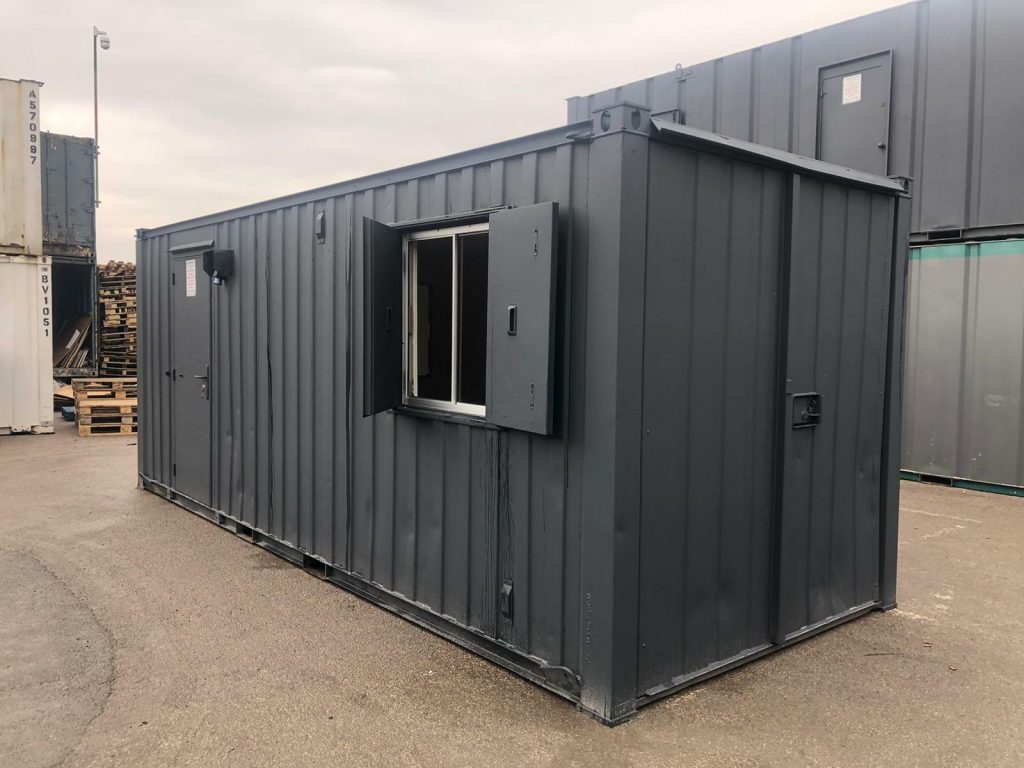The Ins and Outs of Container Shipping: How Long Does It Really Take?
2 min read
Container shipping is a vital component of global trade, enabling the transportation of goods across vast distances efficiently and securely. As businesses and consumers increasingly rely on international trade, understanding the timeframes involved in container shipping becomes crucial. In this article, we will delve into the factors that influence the duration of container shipping and provide you with valuable insights to help you plan your logistics effectively.
- Distance and Route:
The distance between the origin and destination plays a significant role in determining the shipping time. Longer distances naturally require more time for transportation. Additionally, the chosen shipping route can impact the duration. Direct routes are generally faster, while routes with multiple stops or transshipments may introduce delays. - Mode of Transportation:
Container shipping can involve various modes of transportation, including sea, land, and air. Sea freight is the most common and cost-effective option for long-distance shipments. However, it is also the slowest, with average transit times ranging from a few weeks to several months, depending on the route and distance. On the other hand, air freight offers unparalleled speed but comes at a higher cost. - Port Operations:
Efficient port operations are crucial for minimizing shipping delays. Factors such as congestion, customs clearance, and port infrastructure can significantly impact the time spent at each port. Well-managed ports with streamlined processes can expedite container handling and reduce overall shipping time. - Weather Conditions:
Unpredictable weather conditions, such as storms or typhoons, can disrupt shipping schedules. Adverse weather may lead to port closures, rerouting, or even vessel delays. It is essential to consider seasonal weather patterns and potential weather-related disruptions when estimating shipping times. - Documentation and Compliance:
Accurate and complete documentation is essential for smooth customs clearance and timely delivery. Any errors or missing information in the shipping documents can lead to delays or even the rejection of the shipment. Ensuring compliance with import and export regulations is crucial to avoid unnecessary hold-ups. - Carrier and Service Level:
The choice of shipping carrier and service level can impact shipping time. Different carriers offer varying transit times and service reliability. It is advisable to research and select a reputable carrier that aligns with your specific shipping requirements. - Peak Seasons and Holidays:
During peak seasons, such as the holiday season or major shopping events, container shipping volumes tend to surge. This increased demand can lead to capacity constraints and longer transit times. Planning ahead and considering peak season factors can help mitigate potential delays.
In conclusion, the duration of container shipping depends on several factors, including distance, transportation mode, port operations, weather conditions, documentation, carrier choice, and seasonal variations. By understanding these factors and incorporating them into your logistics planning, you can optimize your supply chain and ensure timely delivery of goods. Remember, accurate estimations and proactive management are key to successful container shipping operations.
